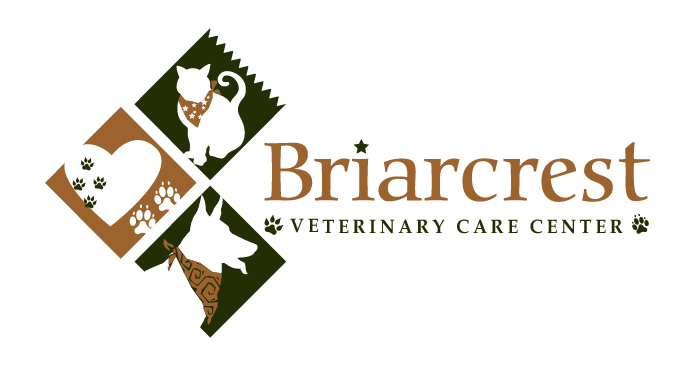Tube Feeding – Esophagostomy Tubes in Cats
 An esophagostomy tube is a small rubber tube that enters the esophagus through a surgical incision on the side of the neck. This allows food you to place food directly into the esophagus so that it can flow down into the stomach. The feeding tube is not placed directly into the stomach.
An esophagostomy tube is a small rubber tube that enters the esophagus through a surgical incision on the side of the neck. This allows food you to place food directly into the esophagus so that it can flow down into the stomach. The feeding tube is not placed directly into the stomach.
An esophagostomy tube is used in cats that have jaw fractures or other mouth injuries that prevent normal or adequate eating, or in cats with diseases that have anorexia as a symptom.
How do I feed my cat through the tube?
"Syringe a special liquid diet or a homemade mixture through the tube two to five times per day."
You will syringe a special liquid diet five times per day. This food is formulated to meet your cat's nutritional needs; it should not cause vomiting or diarrhea. To feed your cat, follow these steps:
1. Feline science diet a/d canned 1.3 cans per day split into smaller meals throughout the day would be ideal.
2. Unclamp the clamp from the feeding tube, . Do not remove the cap until you are ready to feed to prevent air entering the esophagus.
3. Using the syringes provided, inject 1/4 can + approx 12cc water per feeding of the food into your cat's feeding tube 4 times per day FOR A TOTAL OF 1.3 can PER 24 HOURS. It is helpful to inject the food slowly, about 1 cc per second, and to elevate your cat's front feet so that the food goes easily into the stomach. If you tonight any salivation or regurgitation/heaving then stop this meal and wait a few hours.
"Inject 5 cc of tap water through the tube to flush any remaining food from the tube."
4. After you have given the appropriate amount of food, inject 5 cc of tap water through the tube to flush any remaining food from the tube. Replace the cap on the tube.
5. Any remaining food should be stored in the refrigerator. Before the next feeding, you should warm it to body temperature under hot tap water or in a microwave oven. If you heat it in a microwave oven, be sure to mix the contents thoroughly prior to feeding because of the potential for uneven heating. Always check the temperature prior to feeding to be sure that the food is not too hot by placing food on the back of your hand.
NOTE: Technically, a cubic centimeter (cc) and a milliliter (ml) are slightly different. However, for our purposes, a cc is the same as a ml. Syringes are often marked in cc's.
When and how is the feeding tube removed?
"Least twice weekly, offer your cat a small amount of its favorite food by mouth."
Some cats require several weeks of tube feeding before healing occurs and/or their appetite returns. At least twice weekly, offer your cat a small amount of its favorite food by mouth so that you will know when its appetite is improving. The esophagostomy tube will not hinder chewing or swallowing. After your cat has been eating well for four to five days, you should book an appointment for a recheck examination and tube removal. Removal of the tube is simple and does not require anesthesia; however, you should not attempt to remove the tube on your own.
© Copyright 2025 LifeLearn Inc. Used and/or modified with permission under license. This content written by LifeLearn Animal Health (LifeLearn Inc.) is licensed to this practice for the personal use of our clients. Any copying, printing or further distribution is prohibited without the express written consent of LifeLearn. This content does not contain all available information for any referenced medications and has not been reviewed by the FDA Center for Veterinary Medicine, or Health Canada Veterinary Drugs Directorate. This content may help answer commonly asked questions, but is not a substitute for medical advice, or a proper consultation and/or clinical examination of your pet by a veterinarian. Please contact your veterinarian if you have any questions or concerns about your pet’s health. Last updated on Jun 7, 2016.


